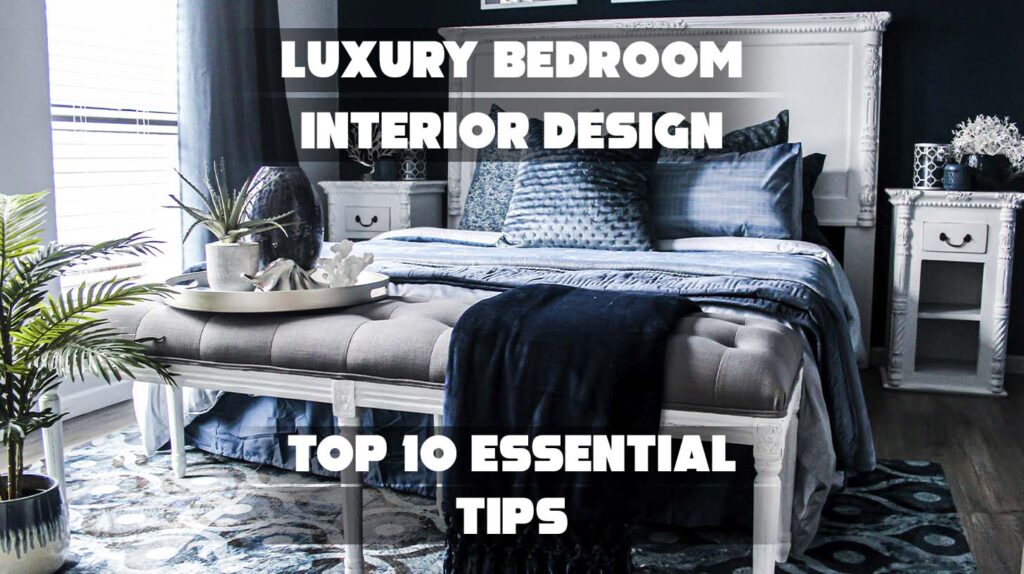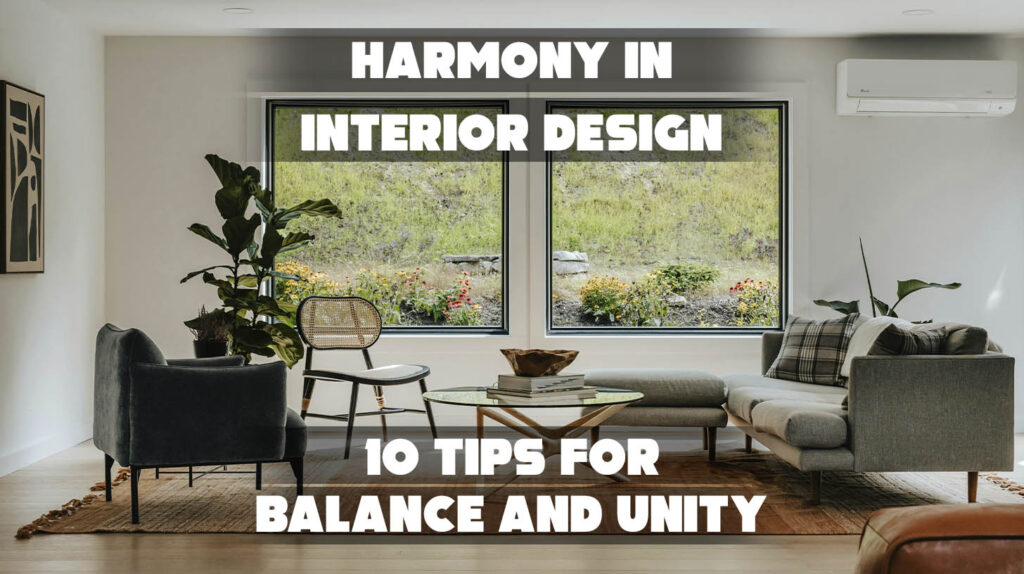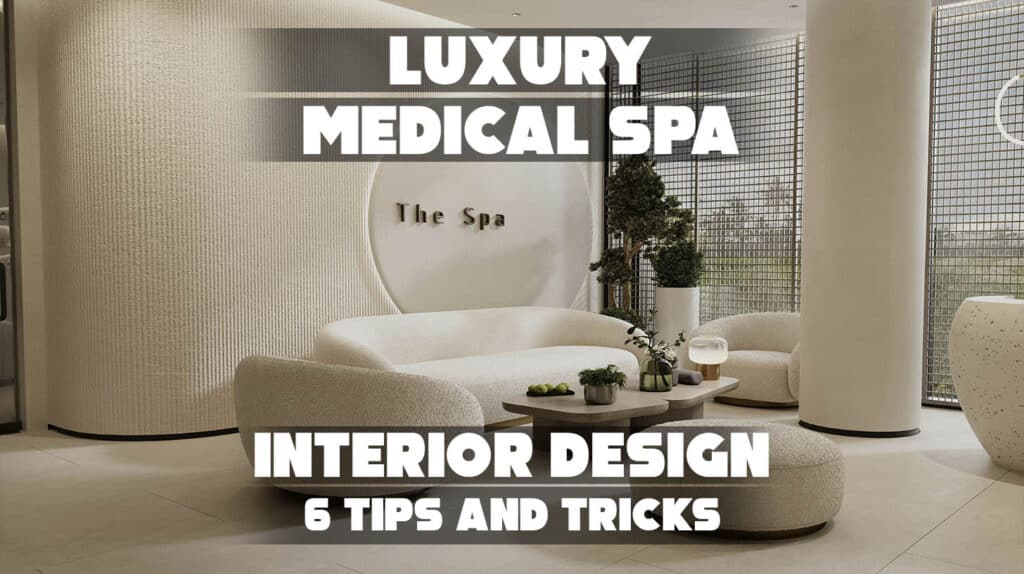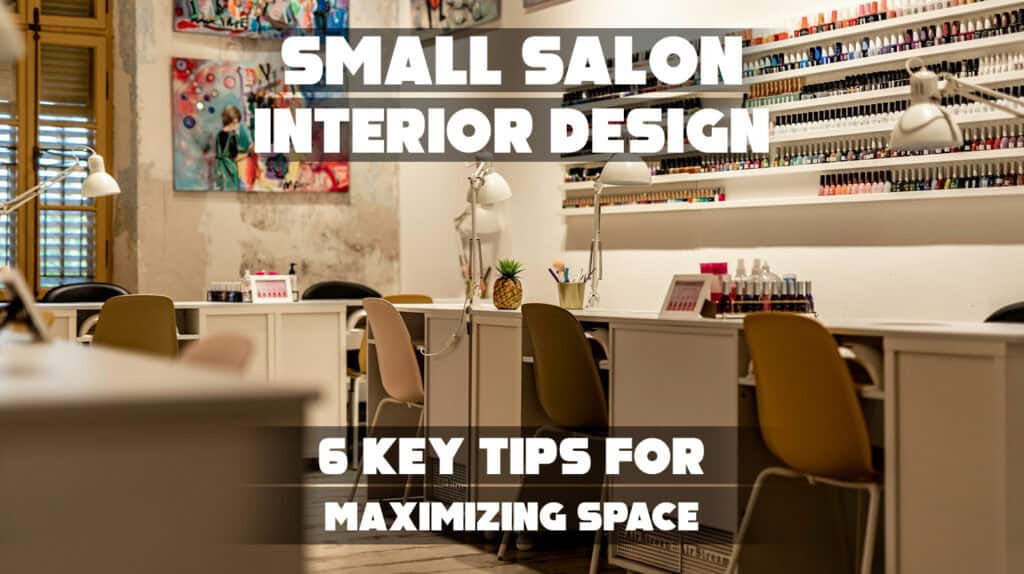Struggling to make your living room walls feel stylish, cohesive, and truly “you”? You’re not alone—many homeowners want a space that reflects their taste but aren’t sure where to start with interior wall design.
If you’re looking to upgrade your interior design living room wall, but feel overwhelmed by endless choices, this guide is for you.
As a trusted voice in interior design, we understand the impact the right wall treatments can have. From bold black walls interior design trends to timeless stone wall interior design ideas, we’ve curated expert tips to simplify your decisions.
Here’s what we’ll cover:
- Top interior design wall decor ideas to refresh your space
- How to use color and texture for instant transformation
- Stylish ways to balance creativity with comfort
Keep reading to uncover practical steps that turn blank walls into beautiful statements—your dream living room starts now.
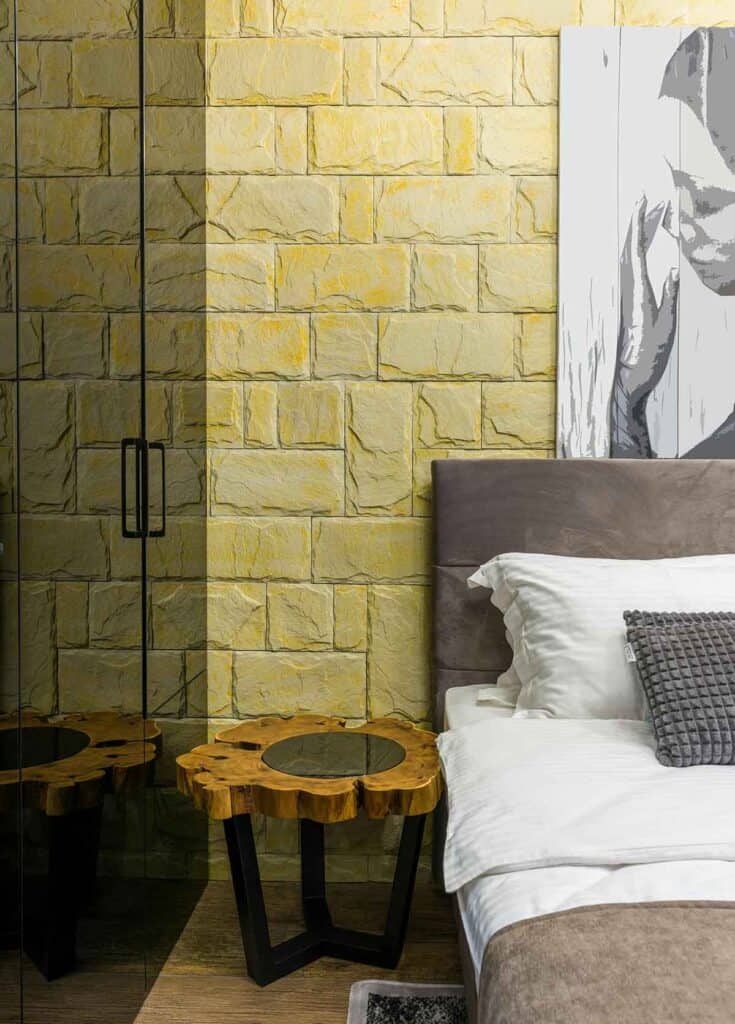
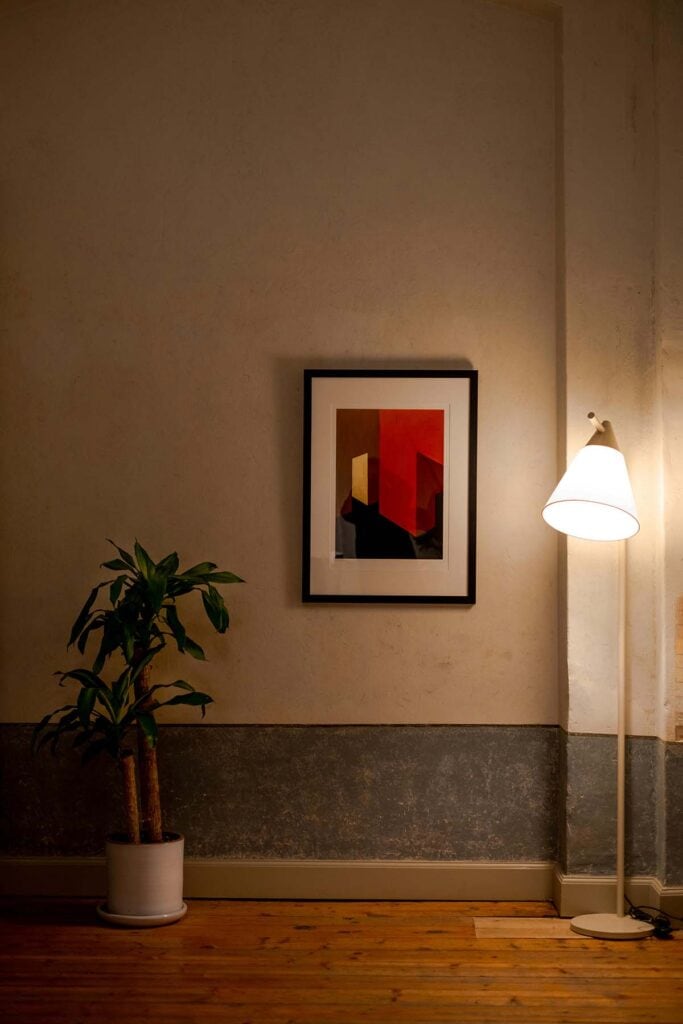
Foundations of Interior Wall Design
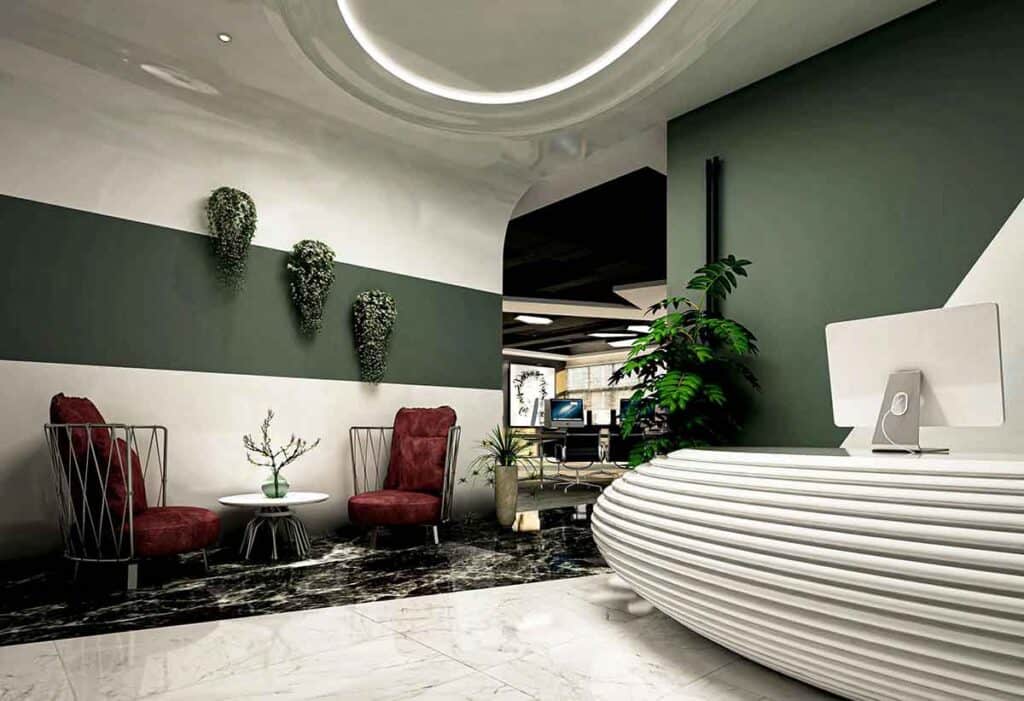
Interior wall design relies on a careful blend of visual appeal, material choice, and practical use. Harmony between aesthetics and function enhances spaces through elements like accent walls, framed prints, and strategic use of white space.
Clean lines and modern design principles often guide these decisions to create balanced and impactful environments.
Wall aesthetics focus on composition, color, texture, and focal points. A feature wall or accent wall stands out by using contrasting colors or materials to draw attention without overwhelming the room. White space around framed prints or art pieces emphasizes simplicity and clarity, avoiding clutter.
Balance is critical: elements must be arranged to create rhythm and unity. Clean lines and consistent color themes contribute to a modern look, enhancing the room’s flow. Avoid overcrowding walls, as negative space improves visual comfort and sophistication in interior wall design.
1. Selecting Suitable Materials

Material choice affects both appearance and durability. Common options include paint, wallpaper, wood paneling, stone, and glass. Each brings unique textures and finishes that impact lighting and overall mood. For example, matte paint limits glare, while glass or glossy surfaces reflect light and add brightness.
Durability must match function: high-traffic areas benefit from washable paint or sturdy paneling. Stone or textured materials suit accent walls, providing depth and tactile interest. Selecting materials compatible with the room’s style ensures cohesion, particularly when aiming for clean lines and a modern aesthetic.
2. Balancing Functionality and Style
Effective wall design balances practical needs with visual impact. Walls should withstand daily use while supporting decorative elements like framed prints or shelves. Proper installation and maintenance guarantee longevity, especially in kitchens and bathrooms where moisture is a factor.
Function also involves acoustics and lighting; textured walls can soften sound, while lighter colors improve brightness. Combining functionality with style supports the creation of modern interiors where walls serve multiple purposes without sacrificing elegance or room flow.
See Also Modern French Interior Design
Popular Interior Wall Finishes
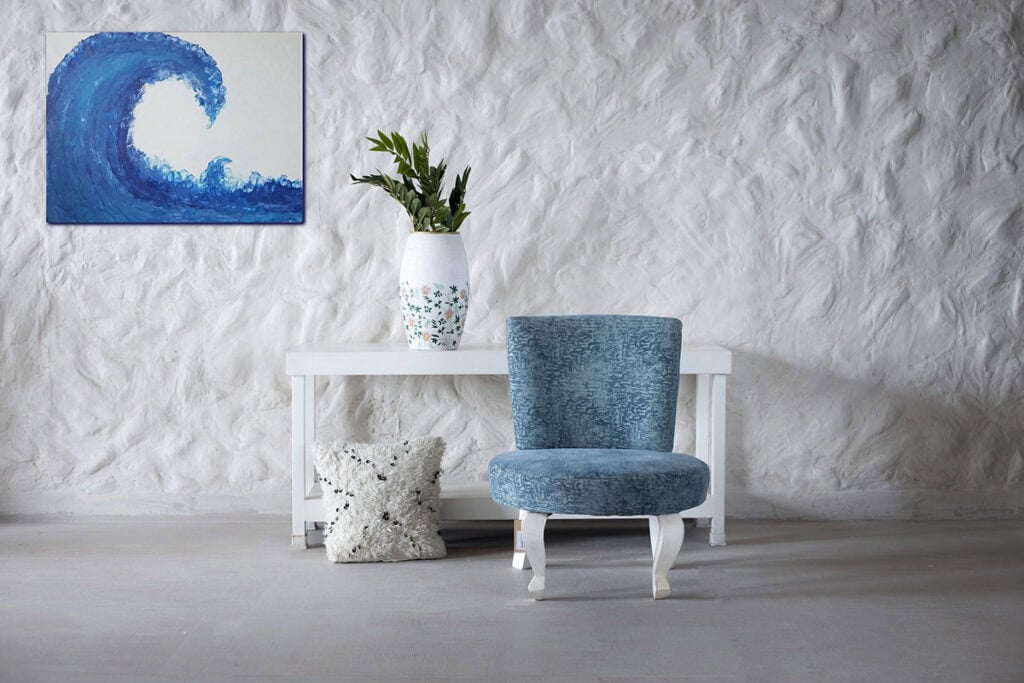
Interior wall finishes play a key role in defining a room’s character. They influence the sense of space, interact with light, and complement other design elements like flooring and ceiling details. A well-chosen finish can frame the entire room and create an inviting image for guests.
3. Paint and Color Techniques
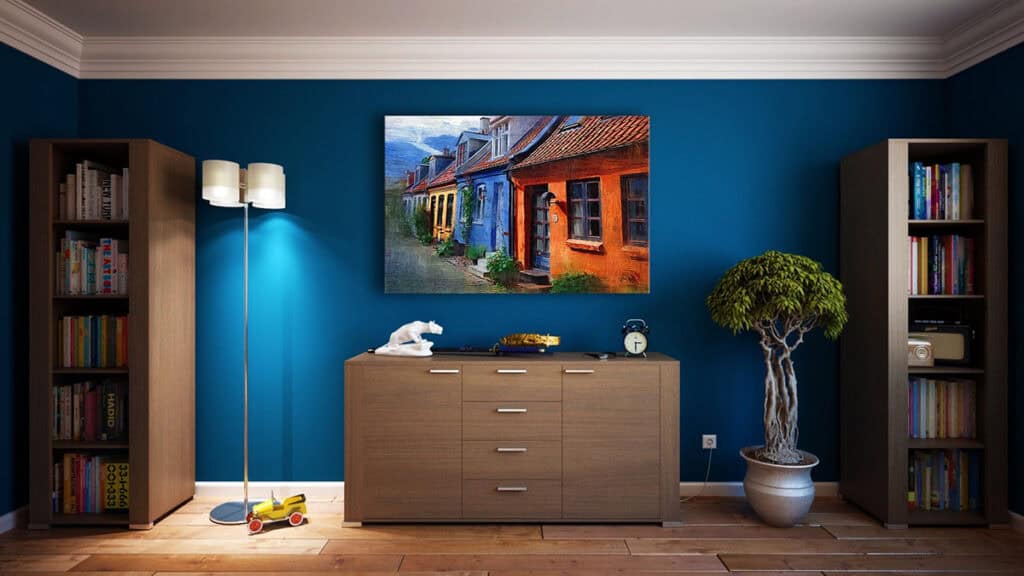
Paint remains the most flexible wall finish, offering endless options in color, finish, and technique. Matte, satin, and gloss finishes each affect how light reflects, influencing a room’s mood and perceived size. Accent walls in bold or contrasting hues are popular for adding depth without overwhelming the space.
Advanced paint techniques, such as sponging, rag rolling, or ombre effects, create texture and visual interest without structural changes. Using lighter colors can make a room feel larger, while darker tones foster intimacy. Choosing colors that complement existing floor and door tones is a practical way to unify decor.
4. Wallpaper and Wallcoverings

Wallpaper offers strong stylistic statements and can transform a room with patterns, textures, or metallic sheens. Modern wallcoverings range from classic floral prints to geometric or abstract designs, allowing for tailored styles in file or digital formats for custom printing.
Besides aesthetic appeal, wallpapers can enhance sound insulation and hide minor wall imperfections. Vinyl and fabric options provide durable finishes suited for high-traffic rooms. Installing wallpaper around corners and doors requires precision to maintain pattern alignment and avoid mismatched seams.
5. Textured Plaster and Paneling
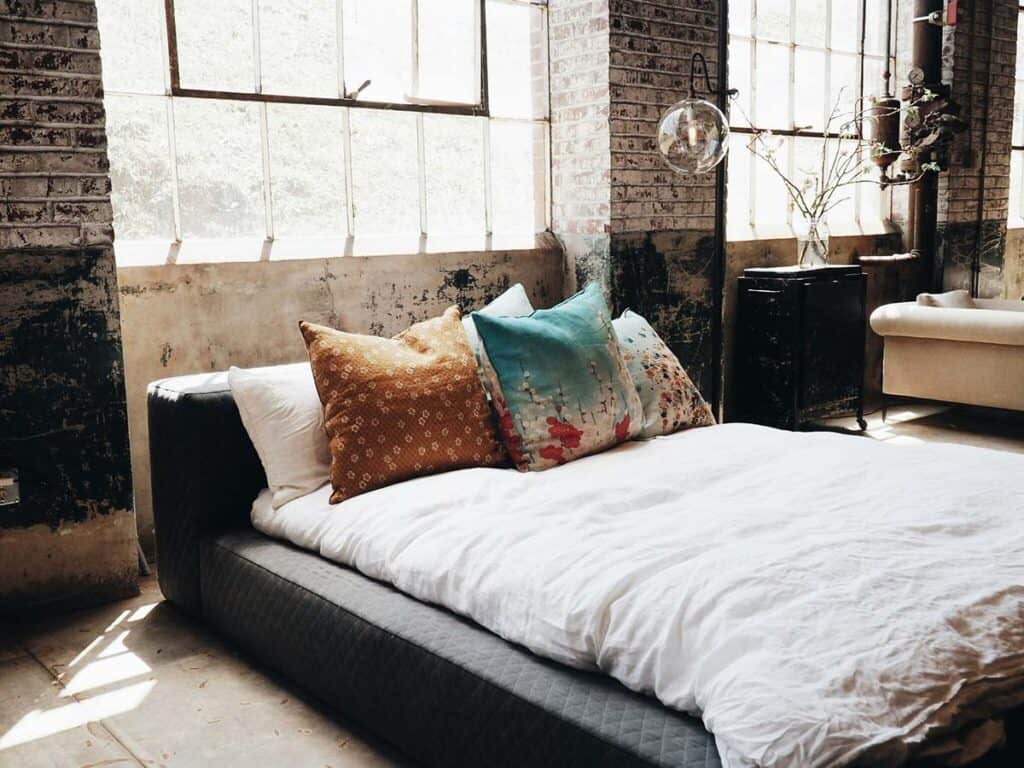
Textured plaster adds subtle or pronounced relief to walls, creating tactile surfaces that capture light and shadow interplay. Techniques include Venetian plaster, stucco, or sand finishes, each lending a distinct classic or modern character.
Wall paneling combines functionality and style, often used to frame spaces or protect lower wall areas. Materials include wood, MDF, or stone panels, which can be arranged in vertical, horizontal, or geometric shapes.
Paneling can define corners and accentuate structure within a room, balancing heavy textures with smoother surfaces. This finish works well in creating a refined, layered image without overwhelming decor simplicity.
See Also Pattern In Interior Design
Innovative Wall Design Solutions
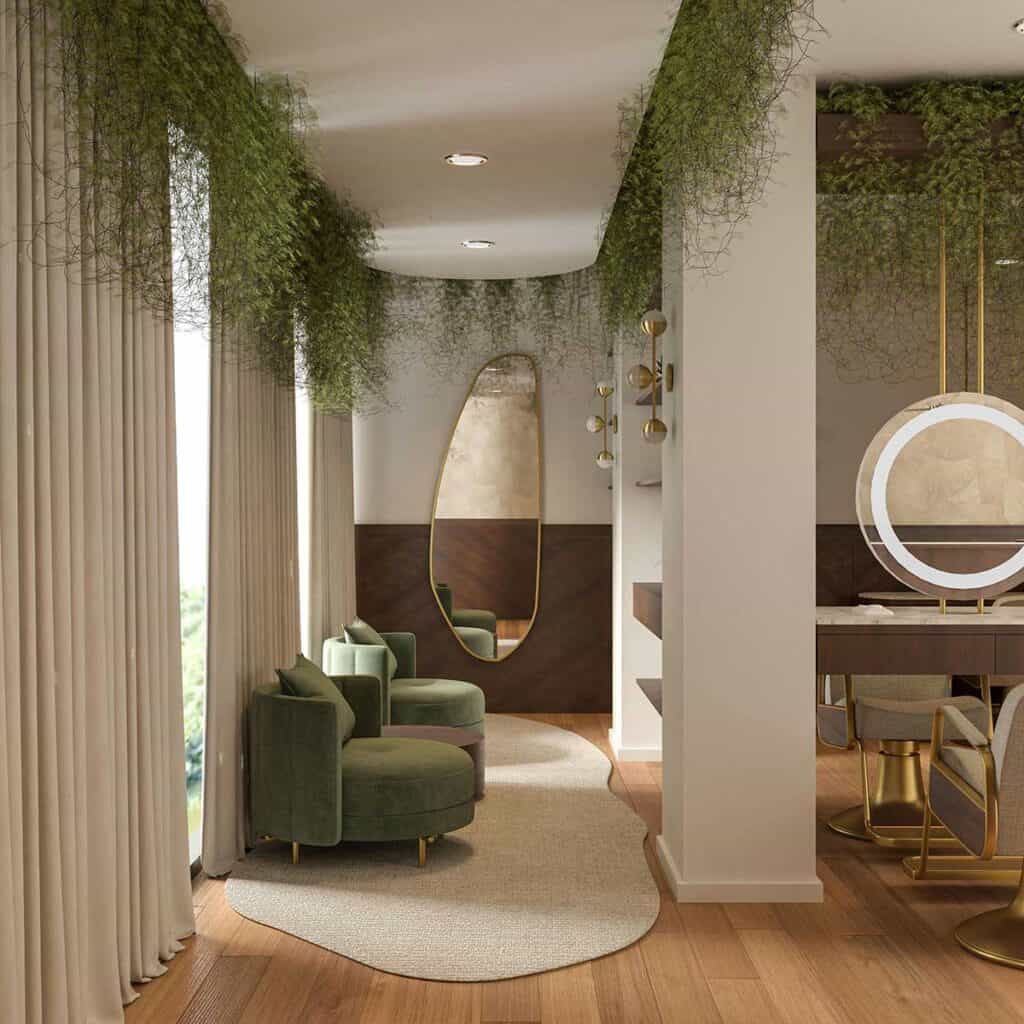
Walls can serve both practical functions and as key elements to enhance a room’s personality. By choosing designs that break monotony and add texture or focus, spaces are transformed visually and functionally. Experimenting with layers, colors, and materials helps make walls that serve more than just a structural purpose.
Feature walls create an intentional focal point by using contrasting colors, textures, or materials. Popular choices include textured PVC panels, wood cladding, or exposed brick to add depth and form. These walls serve to tie a room’s elements together visually, emphasizing beauty and personality.
Shelves integrated into the feature wall add both display function and design interest. This breaks up large, flat surfaces and enhances natural light flow when placed near windows. A feature wall often pops by covering one wall completely, highlighting it as the room’s centerpiece.
6. Creative Use of Wall Art
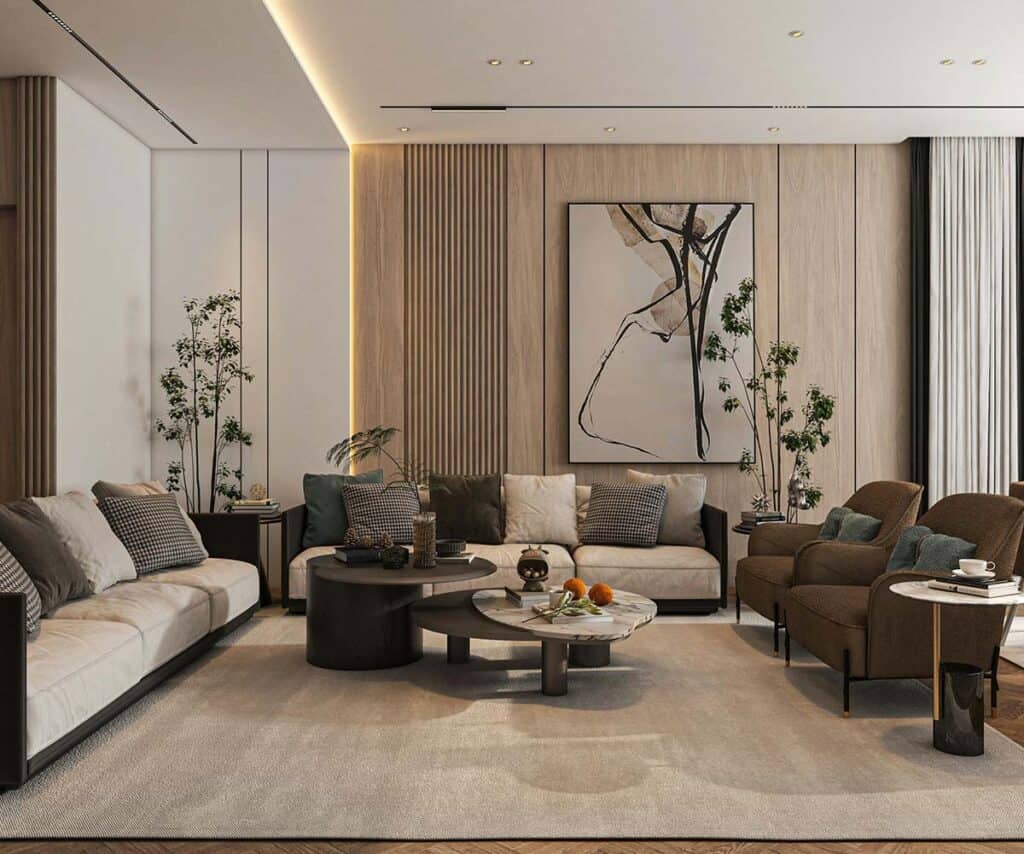
Wall art introduces dimension and personal character while enhancing color schemes and spatial flow. Large-scale paintings or sculptural pieces can serve as the primary visual focus or complement other elements in the room. Art can be arranged in clusters or grids to create rhythm and texture.
Using mixed media, such as combining framed photos with three-dimensional objects or mirrors, can add a tactile element. This layered approach allows walls to display more than just pictures but a curated expression of style. Placement near light sources increases the impact and makes art components stand out.
Lighting integrated into wall design transforms both atmosphere and visibility, highlighting textures and key features. Recessed LED strips or sconces enhance wall surfaces by casting shadows or emphasizing artwork and shelves. Lighting can break flatness by creating contrast and focus.
Smart placement around windows, corners, or niche areas lends function and architectural interest. Adjustable lighting options allow for control over the mood and highlight specific elements when desired. This strategy not only boosts aesthetic appeal but also provides practical illumination.
Practical Considerations for Interior Walls
Choosing the right interior wall design requires attention to factors like longevity, ease of upkeep, and controlling sound. These elements impact both the function and comfort of living spaces.
Interior walls should use materials that withstand wear and tear while allowing for easy cleaning. For high-traffic areas, drywall with a durable paint or washable wallcovering reduces the need for frequent repairs.
Moisture resistance is crucial in kitchens and bathrooms to prevent mold and deterioration. Cement board or moisture-resistant drywall paired with proper ventilation helps maintain wall integrity.
Regular maintenance like patching small holes and repainting every several years preserves the wall’s appearance. Selecting finishes that hide dirt or fingerprints also minimizes visible damage over time.
See Also Line In Interior Design
Interior Wall Design: A Recap
Interior wall design ideas are more than just decorative choices—they are essential to shaping the style, function, and mood of a space. By thoughtfully selecting interior design wall colors, incorporating diverse textures, and choosing materials that suit both purpose and aesthetics, walls can become powerful design elements.
The use of interior design wood walls adds warmth and depth, while carefully curated interior design wall art brings personality and vibrancy to any room.
Whether through accent walls, textured finishes, or integrated lighting, creative wall treatments elevate everyday interiors into visually compelling and highly functional environments.




